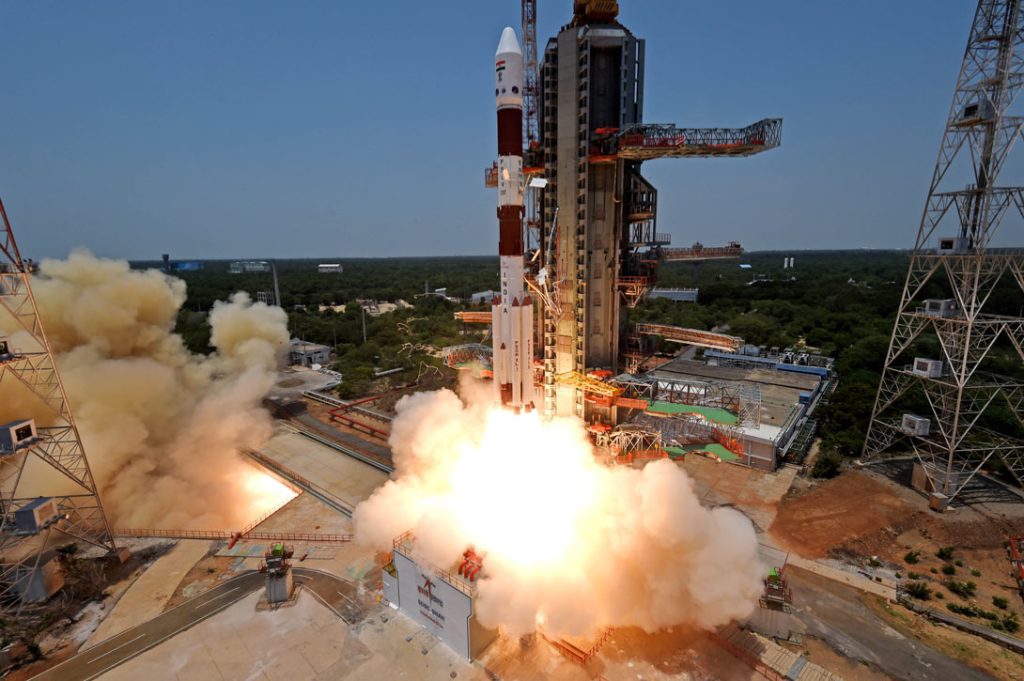The Union Cabinet, under the leadership of Prime Minister Narendra Modi, has greenlit several groundbreaking space missions on September 18, 2024.

Bharatiya Antariksh Station (BAS)
The most ambitious project approved today was the Bharatiya Antariksh Station (BAS). Maintaining an orbit of 400 km, the space station would establish a permanent human presence in space.
India aims to have the first module operational by 2028 and the complete station by 2035.
Chandrayaan 4 – A Step Closer to the Moon
The most immediate action on the agenda was expanding the Chandrayaan-4 mission.
The mission aims to continue India’s lunar exploration and sets a precedent by planning to bring back lunar rocks and soil to Earth. With a budget of Rs 2,104 crore, Chandrayaan-4 is designed to land on the lunar surface, collect samples, and return them, paving the way for future manned missions. The mission’s timeline was set to 36 months.
The country also plans to launch manned missions to the Moon by 2040.
Venus Orbiter Mission
India has also approved a mission to Venus, dubbed the Venus Orbiter Mission (VOM). Scheduled for a launch in March 2028, this mission will delve into the mysteries of Venus, studying its atmosphere, surface, and geological activities.
With a budget of Rs 1,236 crore, VOM represents India’s interest in understanding planetary environments beyond Mars and the Moon.
Next Generation Launch Vehicle (NGLV)
To support these ambitious missions, the Cabinet has also approved the development of the Next Generation Launch Vehicle (NGLV), or ‘Soorya rocket’.
This development aims to triple India’s current payload capacity to 30 tonnes, significantly enhancing the country’s capability for both national and commercial space missions.